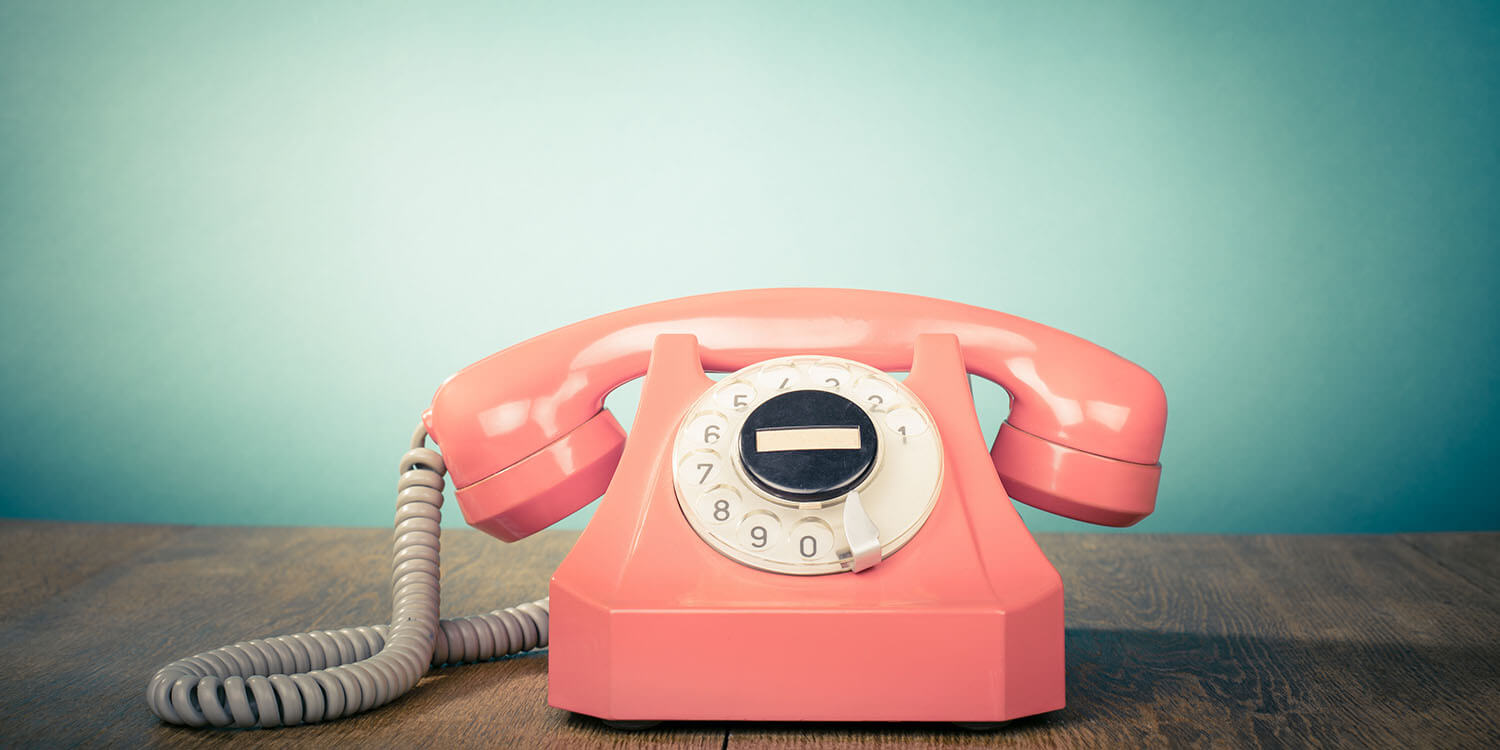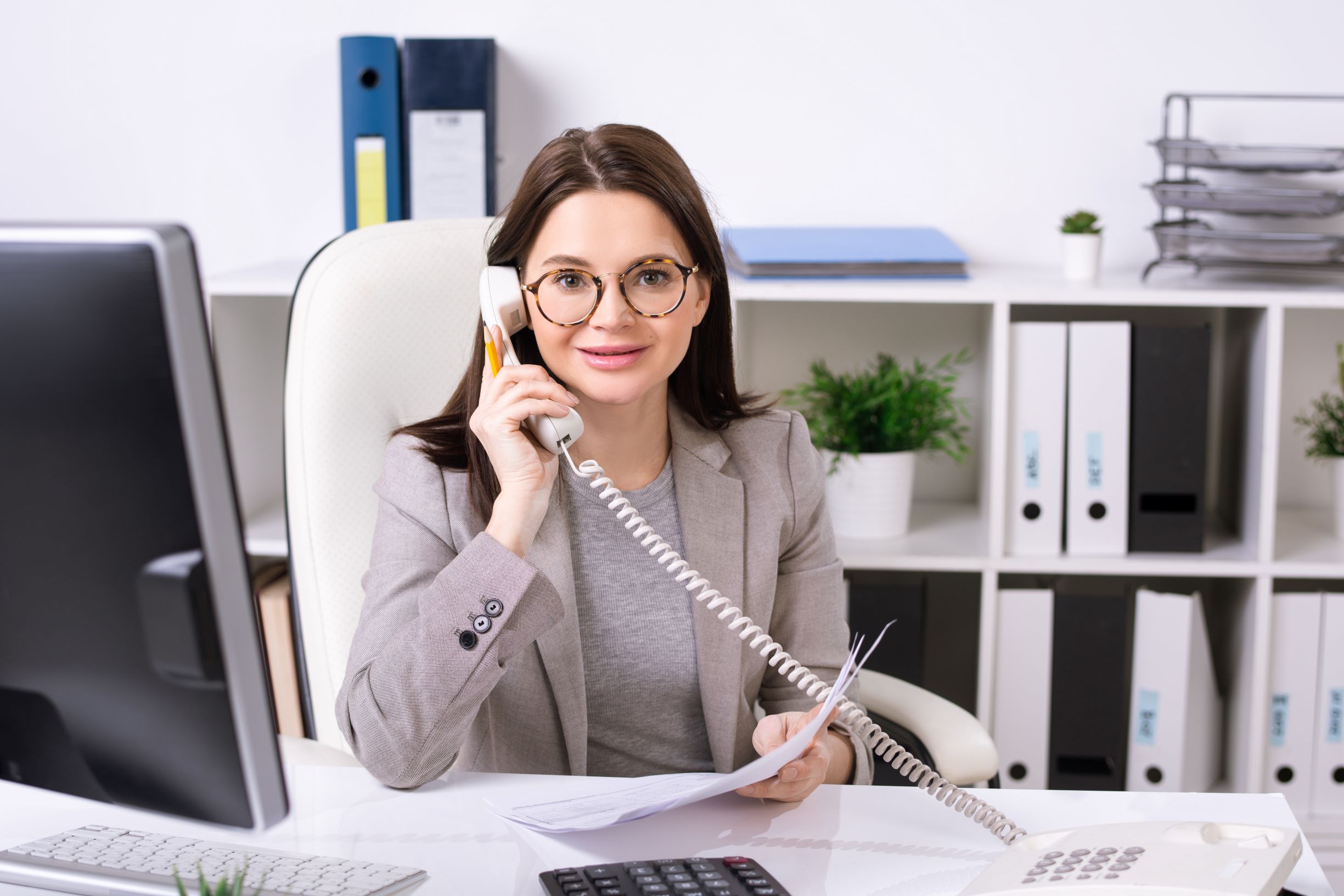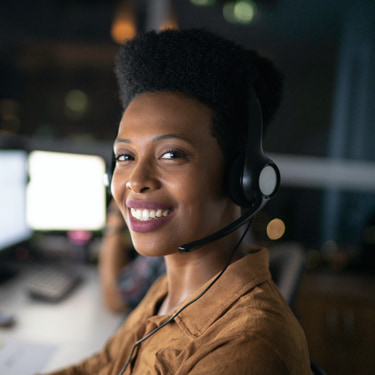All Categories
Featured
Table of Contents
- – What Is The Best What Is An Answering Service A...
- – What Is The Best Phone Answering And Messaging...
- – What Are The Highest Rated Virtual Receptionis...
- – What Is The Best A Guide To Using Automated A...
- – What Is The Best Phone Call Answering Service...
- – What Is The Best Telstra Voice Features & Se...
What Is The Best What Is An Answering Service And Why Use One? Deal
This gadget and its followers were developed by Sava Jacobson, an electrical engineer with a personal consulting service. While early answering makers utilized magnetic tape innovation, a lot of modern-day devices utilizes strong state memory storage; some devices utilize a combination of both, with a solid-state circuit for the outbound message and a cassette for the inbound messages.
"toll saving" listed below) (business call answering service). This is helpful if the owner is evaluating calls and does not wish to consult with all callers. In any case after going, the calling celebration needs to be notified about the call having been answered (in many cases this begins the charging), either by some remark of the operator, or by some greeting message of the little, or addressed to non-human callers (e.
This holds specifically for the Littles with digitally saved welcoming messages or for earlier machines (prior to the rise of microcassettes) with a special limitless loop tape, separate from a second cassette, dedicated to recording. There have actually been answer-only gadgets without any recording abilities, where the greeting message had to inform callers of a state of present unattainability, or e (call answering services).
What Is The Best Phone Answering And Messaging Service Holder For Car

about availability hours. In taping TADs the greeting typically contains an invitation to leave a message "after the beep". An answering maker that uses a microcassette to tape-record messages On a dual-cassette answerphone, there is an outbound cassette, which after the specified variety of rings plays a pre-recorded message to the caller.

Single-cassette voice mail include the outgoing message at the start of the tape and incoming messages on the staying area. They first play the statement, then fast-forward to the next available area for recording, then tape the caller's message. If there are many previous messages, fast-forwarding through them can trigger a significant delay.
This beep is frequently described in the greeting message, asking for that the caller leave a message "after the beep". TADs with digital storage for the recorded messages do disappoint this hold-up, naturally. A little may use a push-button control center, where the answerphone owner can sound the house number and, by getting in a code on the remote telephone's keypad, can listen to taped messages, or erase them, even when far from house.
What Are The Highest Rated Virtual Receptionist & Phone Answering Services Australia?

Consequently the device increases the number of rings after which it addresses the call (typically by two, resulting in four rings), if no unread messages are currently stored, however responses after the set variety of rings (typically 2) if there are unread messages. This permits the owner to learn whether there are messages waiting; if there are none, the owner can hang up the phone on the, e.
Some devices also enable themselves to be from another location triggered, if they have been turned off, by calling and letting the phone ring a particular large number of times (usually 10-15). Some company desert calls already after a smaller sized number of rings, making remote activation difficult. In the early days of Littles an unique transmitter for DTMF tones (dual-tone multi-frequency signalling) was regionally needed for remote control, since the formerly used pulse dialling is not apt to communicate proper signalling along an active connection, and the dual-tone multi-frequency signalling was carried out step-by-step.
Any incoming call is not recognizable with regard to these residential or commercial properties in advance of going "off hook" by the terminal equipment. So after going off hook the calls should be changed to proper devices and just the voice-type is immediately available to a human, but maybe, nonetheless ought to be routed to a LITTLE BIT (e.
What Is The Best A Guide To Using Automated Answering Systems Deal Right Now
What if I informed you that you do not need to really get your device when responding to a client call? Somebody else will. So convenient, best? Addressing telephone call doesn't require somebody to be on the other end of the line. Efficient automated phone systems can do the technique just as efficiently as a live agent and in some cases even better.
An automated answering service or interactive voice reaction system is a phone system that interacts with callers without a live individual on the line - business answering service. When companies use this innovation, consumers can get the response to a concern about your service just by utilizing interactions established on a pre-programmed call flow.
Although live operators upgrade the client service experience, lots of calls do not need human interaction. An easy documented message or guidelines on how a client can obtain a piece of information generally solves a caller's instant need - reception services. Automated answering services are a basic and reliable way to direct incoming calls to the best individual.
What Is The Best Phone Call Answering Service Company?
Notification that when you call a company, either for support or product questions, the first thing you will hear is a pre-recorded voice welcoming and a series of options like press 1 for customer care, press 2 for queries, and so on. The pre-recorded choices branch out to other choices depending on the consumer's selection.
The phone tree system helps direct callers to the best person or department using the keypad on a mobile phone. In some circumstances, callers can use their voices. It's worth noting that auto-attendant options aren't limited to the ten numbers on a phone's keypad. Once the caller has actually picked their very first choice, you can design a multi-level auto-attendant that utilizes sub-menus to direct the caller to the ideal kind of help.
The caller does not have to interact with an individual if the auto-attendant phone system can manage their issue. The automated service can path callers to a worker if they reach a "dead end" and need help from a live agent. It is pricey to work with an operator or executive assistant.
What Is The Best Telstra Voice Features & Services - Home Phone Out Today
Automated answering services, on the other hand, are considerably less costly and provide significant expense savings at an average of $200-$420/month. Even if you do not have devoted personnel to manage call routing and management, an automatic answering service improves efficiency by allowing your team to concentrate on their strengths so they can more effectively spend their time on the phone.
A sales lead routed to client service is a lost shot. If a consumer who has product concerns reaches the wrong department or gets insufficient responses from well-meaning staff members who are less trained to manage a particular type of concern, it can be a cause of frustration and dissatisfaction. An automated answering system can lessen the number of misrouted calls, consequently helping your staff members make better use of their phone time while freeing up time in their calendar for other tasks.
With Automated Answering Systems, you can create an individualized experience for both your personnel and your callers. Make a recording of your main greeting, and just update it regularly to show what is going on in your organization. You can produce as lots of departments or menu alternatives as you want.
Table of Contents
- – What Is The Best What Is An Answering Service A...
- – What Is The Best Phone Answering And Messaging...
- – What Are The Highest Rated Virtual Receptionis...
- – What Is The Best A Guide To Using Automated A...
- – What Is The Best Phone Call Answering Service...
- – What Is The Best Telstra Voice Features & Se...
Latest Posts
Renowned Hospitality Answering Service Near Me ( Sydney)
Cheap Ai Answering System – Southbank
Specialist Medical Answering Service Near Me – Australia
More
Latest Posts
Renowned Hospitality Answering Service Near Me ( Sydney)
Cheap Ai Answering System – Southbank
Specialist Medical Answering Service Near Me – Australia